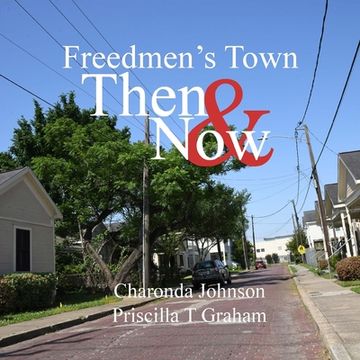Reseña del libro "Freedmen's Town Then & Now (en Inglés)"
Freedmen's Town Immediately west of downtown Houston lies the city's oldest Indigenous African American community affectionally known as Historic Freedmen's Town located in Fourth Ward. Wards were established in 1841. Although the ward system was officially discontinued in 1906, Houstonians continued to identify the city's various communities by those political subdivisions. Freedmen's Town was established immediately after the Civil War on the southern banks of Buffalo Bayou in 1865 across the street from where The Historic Oaks of Allen Parkway stands today. During the turn of the century, Freedmen's Town was a thriving, prosperous, and self-sufficient community. Economic, community, and social development were at its peak. Freedmen's Town boundaries once extended east to Travis Street; west to Taft Street; north to Allen Parkway, and from Buffalo Bayou south to Sutton Street. It encompassed most of what is now downtown Houston west of Main Street, as well as the residential areas along San Felipe Street (now West Dallas) and West Gray. By the early twentieth century, Freedmen's Town housed prominent educational institutions and most of the African American physicians and attorneys, while at night its bars and night spots attracted whites and blacks who came to hear great blues and jazz musicians. The most common types of residential housing by 1907 were T and L shaped houses and several two-story tenements. Commercial buildings, churches, and schools were built along major streets and commercial buildings, cafes, grocery stores, or bars were usually built on the corner of residential blocks. Over the years eminent domain laws, encroachment, constriction of interstate 45, and Historic Oaks of Allen Parkway Village along with unexplained fires, inappropriate alterations, and demolitions of historic structures have destroyed the geographical integrity of the community. In 1985, Freedmen's Town was designated as a historic district in the National Register of Historic Places. At that time, 568 historic structures stood in the 40 block area. Today, most of the historic structures have been destroyed and about seven-tenth of a mile of the original brick streets remain.

